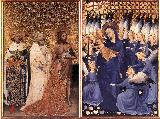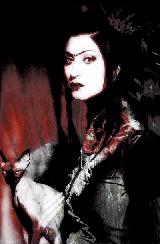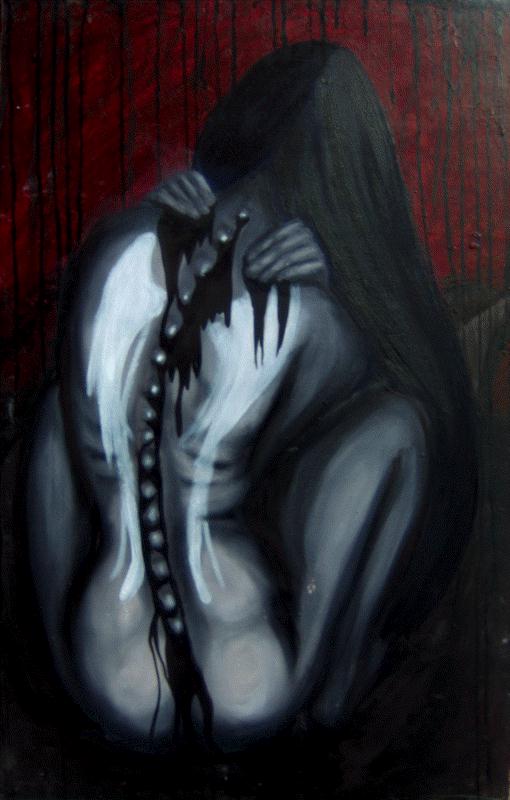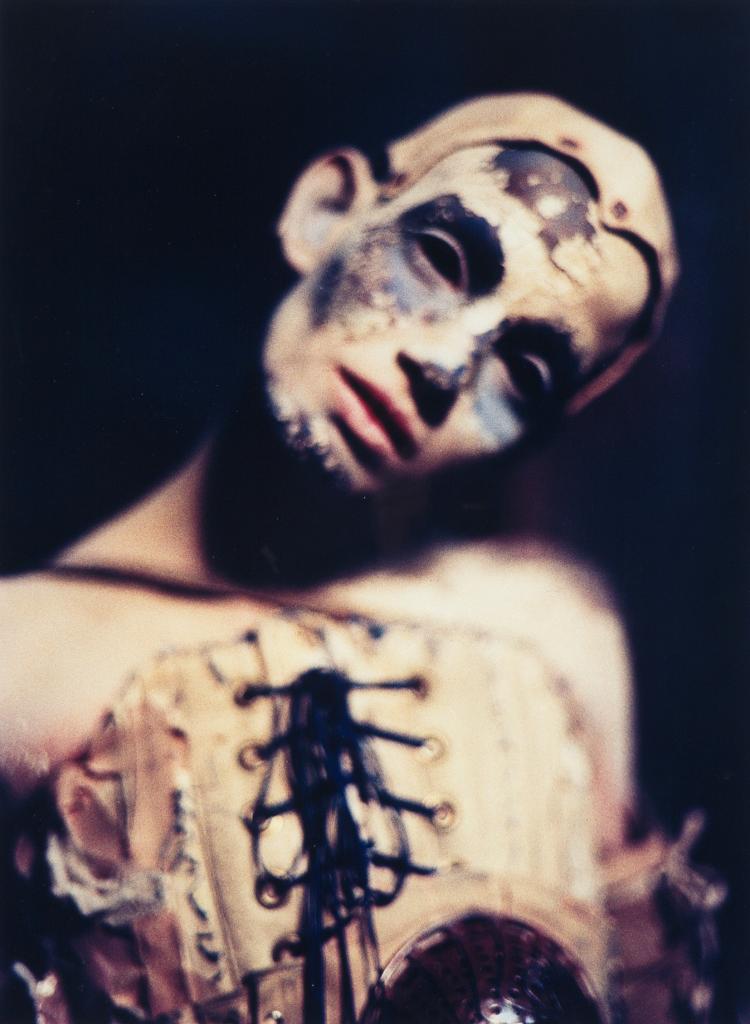| The History of Gothic Art
The Art History Archive - Gothic Culture
From Gothic Architecture to the Neo-Gothic Art MovementGothic architecture, with its grandeur, intricate details, and mystical atmosphere, has not only left an indelible mark on the world of architecture but has also profoundly influenced other artistic realms. This article explores the captivating connection between Gothic architecture and the Goth culture movement, particularly in the realms of fashion, music, and paintings. By delving into the underlying aesthetics and thematic resonances, we can gain a deeper understanding of how the architectural style of the Middle Ages continues to inspire and shape contemporary artistic expressions.
Gothic Architecture
International Gothic
Gothic Revival
Neo-Gothic Art
|
|
|
Biography of Floria Sigismondi
Right: Floria Sigismondi - "Doll Face" 1997. Floria Sigismondi is an accomplished artist whose creative prowess spans various artistic mediums. Born on May 12, 1965, in Pescara, Italy, Sigismondi later immigrated to Canada with her family. Throughout her artistic career, she has established herself as a visionary known for her captivating paintings and unique visual storytelling. From an early age, Sigismondi demonstrated a remarkable talent and passion for artistic expression. Her artistic journey began with painting, a medium in which she excelled. Through her intricate brushwork, masterful use of color, and evocative compositions, Sigismondi created artworks that resonated with profound emotions and captured the essence of her subjects. Her paintings are often imbued with a dark and ethereal aesthetic, exploring themes of identity, transformation, and the enigmatic aspects of the human psyche. As her artistic journey evolved, Sigismondi's creative pursuits expanded to include photography, music videos, and film. Her unique visual language and storytelling abilities led her to collaborate with renowned musicians, directing music videos that transformed songs into immersive visual experiences. Working with iconic artists such as Marilyn Manson, The White Stripes, David Bowie, Christina Aguilera, and Rihanna, Sigismondi pushed the boundaries of creativity, infusing her distinctive artistic sensibility into each project. While Sigismondi garnered significant acclaim for her music videos and film work, her love for painting has remained a constant in her artistic career. Her paintings continue to be an integral part of her artistic expression, reflecting her rich visual language and unique perspectives. Sigismondi's artworks have been exhibited in galleries and exhibitions worldwide, earning her recognition as a distinguished contemporary painter. Throughout her artistic career, Sigismondi's ability to evoke powerful emotions and create immersive worlds has established her as a true visionary. Her versatile talent and willingness to explore various artistic mediums have allowed her to leave an indelible mark on the art world. Sigismondi's works serve as an inspiration to aspiring artists, reminding them of the profound impact that art can have in capturing the intricacies of the human experience. Floria Sigismondi's artistic journey, which began with painting, has evolved into a multifaceted career that encompasses a range of artistic mediums. Yet, her unwavering passion for painting serves as the foundation of her artistic expression. Her ability to transcend boundaries and captivate audiences through her art continues to shape her artistic legacy and secure her position as a visionary artist of our time.
| |



